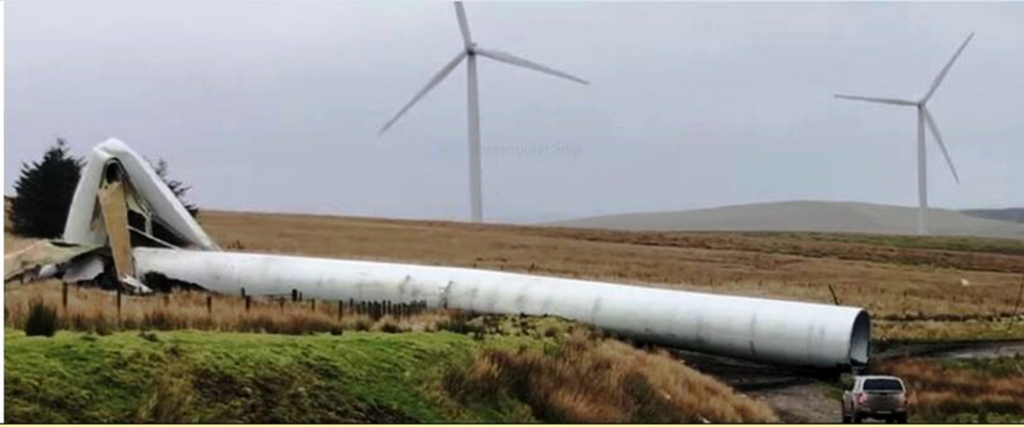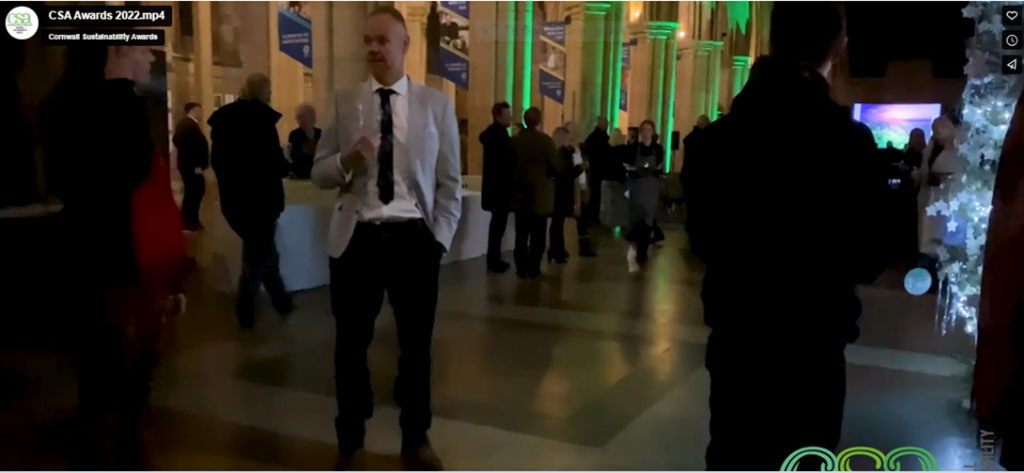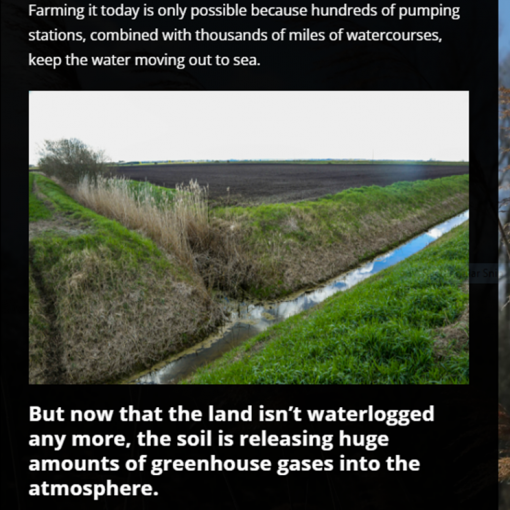3rd November
Turn, Turn, Turn (lovely song, lovely lyrics!) Dark nights and stormy weather herald true autumn. Time to think about the cycles of our year, plus other things that turn or come around again.


There is a season
As war has continued to blight lives, especially in Gaza and Ukraine, this famous tune wormed its way into my head: –
A time of love, a time of hate
A time of war, a time of peace
A time you may embrace
A time to refrain from embracing
To everything turn, turn, turn
There is a season turn, turn, turn
And then I realised how well it fits our current time, even without war.
A time to plant, a time to reap …
A time to laugh, a time to weep
And – being based on a Bible verse – it was quoted last week at our Ceremony 4 Climate Hope.
It leads into the changing season and weather:-
In the space of just 2 weeks it feels as if a completely different season has arrived, but officially winter is not with us until 22nd December! Don’t you feel though, that there should be 2 parts to autumn? The golden time before clocks change and the darker, gloomier period after they have gone back? As this thought came to me, I also began to wonder ‘are we still benefiting from those changing clocks and so-called ‘Daylight Saving?’. Although the idea was being tested long before, it was from 1916 in the war years that Daylight Saving was started by the Germans, to save on coal and candles. Although many countries adopted the concept, after the Great war only a small number continued the practice – Canada, the United Kingdom, France, Ireland, and the United States.
Daylight Saving came back again during WWII but also in the UK there was a 3rd time, as a result of the energy crisis which hit in the early 1970s. Today Climate Change adds a further dimension to consider, with the main aim being to find out if a new balance is needed. It seems likely we will soon need more energy for cooling in summer than is required for heating in winter. How much difference does changing the clocks make? Research into these questions has begun, but it seems that any clarity or definitive rulings are still a long way off.
Could putting the clock forward help tackle the climate crisis? Reported in The Guardian, February 2023
The study below suggests that a tool could be used to reduce energy needs for heating and cooling office buildings. https://iopscience.iop.org/article/10.1088/1748-9326/acb0e3
For the case studies considered in the study, introducing DST with climate change generally resulted in overall combined savings. Policies that shift working hours need to be evaluated considering their impact on building energy demand and it is necessary to establish whether saving cooling or saving heating energy demand can achieve higher CO2 emission reductions.
Storm Ciaran – switch off required for wind turbines

Today’s modern turbines already put up with some powerful gales. Those positioned off the northeast coast of the UK in the North Sea operate in wind speeds of up to 50mph or so, after which they are switched off, notes Simon Hogg at Durham University, who holds the Ørsted chair at the university, which is funded by energy firm Ørsted.
As the storm began to die away, I drove the unusually deserted road from Cornwall to Plymouth on Thursday and noticed that our turbines were not operating either. Presumably that is the standard response in near hurricane situations. But how much wind can be managed, before switch off? And what about the future for off-shore wind farms?
Looking at the striking image above, clearly it is essential – when assessing the correct switch off moment – to err on the side of caution! The crashed turbine, valued at approx. £20m, was devastated by a storm in South Wales, in February 2022. An investigation was called for, but I cannot find results. It is hard to imagine what could have gone wrong; hope it was covered by some kind of insurance! https://www.telegraph.co.uk/news/2022/02/15/pictured-storms-send-300ft-welsh-wind-turbine-crashing-ground/
The USA government energy site is helpful, with regard to the technical aspects: –
Wind turbines, whether they are land-based or offshore, have built-in mechanisms to lock and feather the blades (reducing the surface area that’s pointing into the wind) when wind speeds exceed 55 miles per hour. Basically, the wind turbine is essentially in “survival mode,” waiting for the storm to subside, so it can safely go back to producing energy.
Offshore, storms can be even stronger than on land. In addition to the wind hitting the turbine, the turbine’s foundation also has to contend with large, powerful waves. The engineers who design wind turbine systems use models to understand how different loads, like winds and waves, will impact a wind turbine and its foundation. The models they use need to be further refined to predict turbine loading in extreme conditions.
It isn’t only mega storms that are making investors in wind energy think twice. In the small domestic market, I have been hearing from too many unhappy customers, for whom designs are simply not robust enough. The turbines are out of action more of the time than they anticipated. I approached a couple of people to ask about this. First my go-to expert, Doug Nangle, came back, from Futurenergy.com: –
I haven’t heard of the South Wales turbine failure – but they are rarely reported on. 1 single blade failure will bring down the whole turbine in seconds.

Small wind turbines can be problematic.
If you think about them being a piece of farm machinery, you can imagine that they need regular service and sometimes repair.
Our 1 KW turbine is micro sized with very few moving parts, so it does not suffer the problems with more complex construction that is required from around 5 KW upwards.
Secondly, speaking with the neighbour who has a slightly larger 4 KW turbine, shown in my opening pictures, he made the same comparison as Doug, with a piece of farm machinery. He says he hasn’t had to switch off for the storm, as theirs is designed to cope with much higher speeds! He is grateful for the ability to get in and oil moving parts, which has helped keep things going over the many years. Although he seemed perfectly happy with his, and not complaining about failures, when I explained that we wanted to test out some clusters of up to a dozen of Doug’s 1KW turbines lined up on hedges, he changed his mind and said ‘I am sure by the law of averages you will get some problems with that’. I remain very keen to try!
Recent challenges for large-scale wind
At the other extreme, very large commercial wind farm plans are also proving problematic. Since the pandemic, low availability of materials for construction and (in some countries) adverse tax regimes have sent previously profitable companies down a dramatic spiral of losses.

The malaise spreading through the renewable energy industry that started in late October (when shares of Israel-based SolarEdge Technologies Inc. suffered their biggest crash in the company’s public history), has now spread to the European wind energy sector, too. It’s all about soaring costs and supply chain woes.
I have no proof, but possibly these kinds of issues also contributed to the recent failure of the Crown Estate auction of rights for Celtic Off-shore wind.
Late in September, the latest round of the UK government’s offshore wind auctions failed. Experts at the Global Wind Energy Council believe that this should serve as a pivotal moment for the global offshore wind industry.
Despite clear, repeated warnings from industry experts, the UK policymakers persisted in promulgating conditions that made the auctions unfeasible. No bidders came forward.
We hope the UK government learns a lesson from this: wind energy is cheap, but it’s not free, and investors can’t be taken for granted. We are seeing these challenges around the world, and governments will be watching today’s news closely,” Ben Backwell, CEO of the Global Wind Energy Council, remarked.
The situation coincided with the Global Wind Energy Council (GWEC) in Melbourne, Australia, wrapping up. The first confirmed reports came out on September 5, with other stories around September 7 and 8, and focused on how the UK government, “has not done enough to support the offshore wind industry.” One example is the lack of clear guidance on future offshore wind development targets.
Off-shore, unrealistic price caps
A company called Cleantechnica tells us
that the price caps for this year’s auction were lower than those in the previous round. This made it difficult for developers to submit bids that were both competitive and profitable.
The cost of developing offshore wind projects has been rising in recent years due to factors such as inflation and supply chain disruptions. This made it even more challenging for developers to meet the government’s price caps.

Conclusions
It is not hard to arrive at a summary that says the UK government needs to revisit their failed auction proposals, and urgently, if we are to progress plans for wind energy, at all levels. I have read far more technical conclusions as well, but they can be put into shorthand, normal language, as ‘wind turbine technology needs a fresh burst of engineering skill, invention and most likely materials to help us achieve a more impressive set of results’.
Failures in another field – batteries and charging
Although we have looked at this before, I was really touched by a TV report a few days ago, where a man from Cambridge described losing his wife and 2 children in a lithium battery fire. He had only bought the replacement battery 2 days earlier, off e-bay, when it rocketed into combustion and he was the only survivor, being able to get out of the house from an upstairs window. He called for the equivalent of an MOT for e-bikes and other home-charging battery-powered products. His message was reinforced by a hospital consultant, talking of the horrific burns that increasingly are coming to A & E departments.
The feature ended with reference to a coroner. I am not sure if it was the same case, or this one, about the death of a West London resident, Mr Rahman. But I praise Mr. Smith for speaking out. Discussing with a friend, we questioned ‘we haven’t heard of many fires in relation to phones charging. What is happening, why is it different with EVs?’ If any reader knows the answer, please get in touch.

What about some good news this week?
Here is a nice big list in one go, from Euronews, a really good source with aims almost identical to ours at Meadow Barns. And I note that wind is featured in more than one of the stories! There is more, I just took the first ten. And of course some folks will not see all of these as positive e.g. Stockholm story 10, with its massive impact on personal freedoms and very limited options for compliance.
2) Do heat pumps work in winter? Experts explain why Nordic countries have installed the most devices
3) Watch as a notorious power plant is demolished to make way for offshore wind
4) ‘Let nature take it back’: Svalbard is rewilding the site of a massive former coal mine
5) An ambitious plan to save the world’s oceans: What happened at the IUCN nature conference
6) ‘Unstoppable’ shift to clean energy will see demand for fossil fuels peak before 2030, IEA says
7) ‘A bright future for the plant’: Giant solar space farm could be orbiting Earth by 2035
8) ‘Exactly how we should be responding to the energy crisis’: UK mega wind farm produces first power
9) Flooded and forgotten: How Europe’s disused coal mines are being used to heat our homes
10) Stockholm is introducing a petrol and diesel car ban in its city centre to slash emissions
And finally, our home-grown good news,
as one more annual cycle comes round with the Cornwall Sustainability Awards 2023
Only a few weeks back my fellow blog contributor, Roger, volunteered to undertake all the slog of entering Meadow Barns for a Heritage award. So far, nothing official has happened. But it made me start to question a few friends and colleagues, have you ever nominated or been chosen? To my surprise, quite a number have been selected in years gone by, not for Heritage but for the Sustainability Awards. They gave sufficient encouragement that – with help – a nomination has gone forward from ‘The Meadow Barns Supporters Group’, saying this place should be recognised in the Sustainable Organisation section. And we have an immediate response, requesting a short film about what we do. That’s quite exciting!
The timing was good, since there was much happy news to share following a whole week of activities in Lostwithiel (the Half Term 4 Climate Hope). Some lovely appreciative quotes from participants went in, plus quite a few pics (coming up in a moment), which – with help from Frankie, a specialist environmental journalist – were wrapped up into a press release that to my surprise, did get some coverage in at least one newspaper 😊

Looking back, I found the 2022 CSA evening had been a very smart event, in Truro Cathedral. But do these drinks, canapes and posh attire really fit with the ethos?!
I am not such a fan of black gear, having had to dress for playing hundreds of funerals over the years. I’d definitely prefer to select something more up-beat. For instance, perhaps match the apple tree colours we wore for the Ceremony last week, or the boiler suits and wellies, which Continuum Dance were wearing when we debated the future of Lithium mining together and filmed their South African Gumboot dance on the Thursday.


Now I have started, I can’t stop myself sharing! So many happy, colourful pictures of a week that was more fun than I ever imagined could happen. The Bee Dance with a couple of grannies and young girls, and their poles; the apple avenue of adults singing ‘Jesus Christ the Apple Tree’.


And next, the cooking sessions on Monday and Tuesday, followed by serving at the Community Café and a procession of vegges and fruit around town.


As with the 1st ceremony, lighting candles and making pledges was central, plus the blessing of our kind vicar Paul (beyond the call of duty as it was his day off!).


Why should readers be shown all of this?
Having experienced this twice, I really want many more people to have the good fortune to enjoy a Ceremony of their own. I know it is hard for the message to reach people. It must be articulated more clearly, so they will understand that you can only make it a success with a great deal of community involvement.
We had over 60 people taking part during this autumn project, though certainly not all were there on the final Friday. Next week I will begin to explain how Cornish Orchards will host an Away Day for us, where we can get serious about planning for the future and getting the word out.




